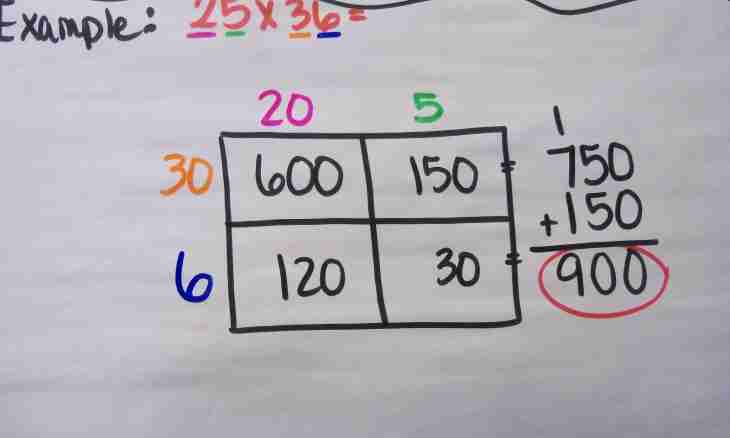Each of us learned about what is perimeter in elementary grades. finding of the parties of a square at the known perimeter of problems usually does not arise even at those who graduated from school long ago and managed to forget a mathematics course. However it is possible to solve a similar problem concerning a rectangle or a rectangular triangle without hint not everything.
Instruction
1. How to solve a problem of geometry in which condition only the perimeter and corners are specified? Of course, if it is about an acute triangle or a polygon, then such task without knowledge of length of one of the parties cannot be solved. However, if it is about a rectangular triangle or a rectangle, then on the set perimeter it is possible to find its parties. The rectangle has length and width. If to carry out rectangle diagonal, it is possible to find out that it breaks a rectangle into two rectangular triangles. Diagonal is a hypotenuse, and length and width - legs of these triangles. At the square which is a special case of a rectangle, diagonal is a hypotenuse of a rectangular isosceles triangle.
2. Let's assume that there is a rectangular triangle with the parties of a, b and c at which one of corners is equal 30, and the second 60. In the drawing it is visible that a = c*sin?, and b = c*cos?. Knowing that perimeter of any figure including a triangle, it is equal to the sum of all its parties, we receive: a+b+c=c*sin? +c*cos+c=piz this expression it is possible to find the unknown party of c which is a hypotenuse for a triangle. As corner? = 30, after transformation we will receive: c*sin? +c*cos? +c=c/2+c*sqrt (3)/2+s=rotsyuda follows that with =2p / [3+sqrt (3)] According to a = c*sin? =p / [3+sqrt (3)], b=c*cos? =p*sqrt(3) / [3+sqrt (3)]
3. As it is already told above, the diagonal of a rectangle divides it into two rectangular triangles with corners of 30 and 60 degrees. As the perimeter of a rectangle is equal to p=2 (a + b), width of an and length of b of a rectangle it is possible to find, proceeding from the fact that diagonal is a hypotenuse of rectangular triangles: a = p-2b/2=p [3 sqrt(3)]/2 [3+sqrt (3)] b = p-2a/2=p [1 +sqrt(3)] of/2[3+ sqrt(3)] These two equations are expressed through rectangle perimeter. On them length and width of this rectangle taking into account the turned-out corners when carrying out its diagonal are calculated.
